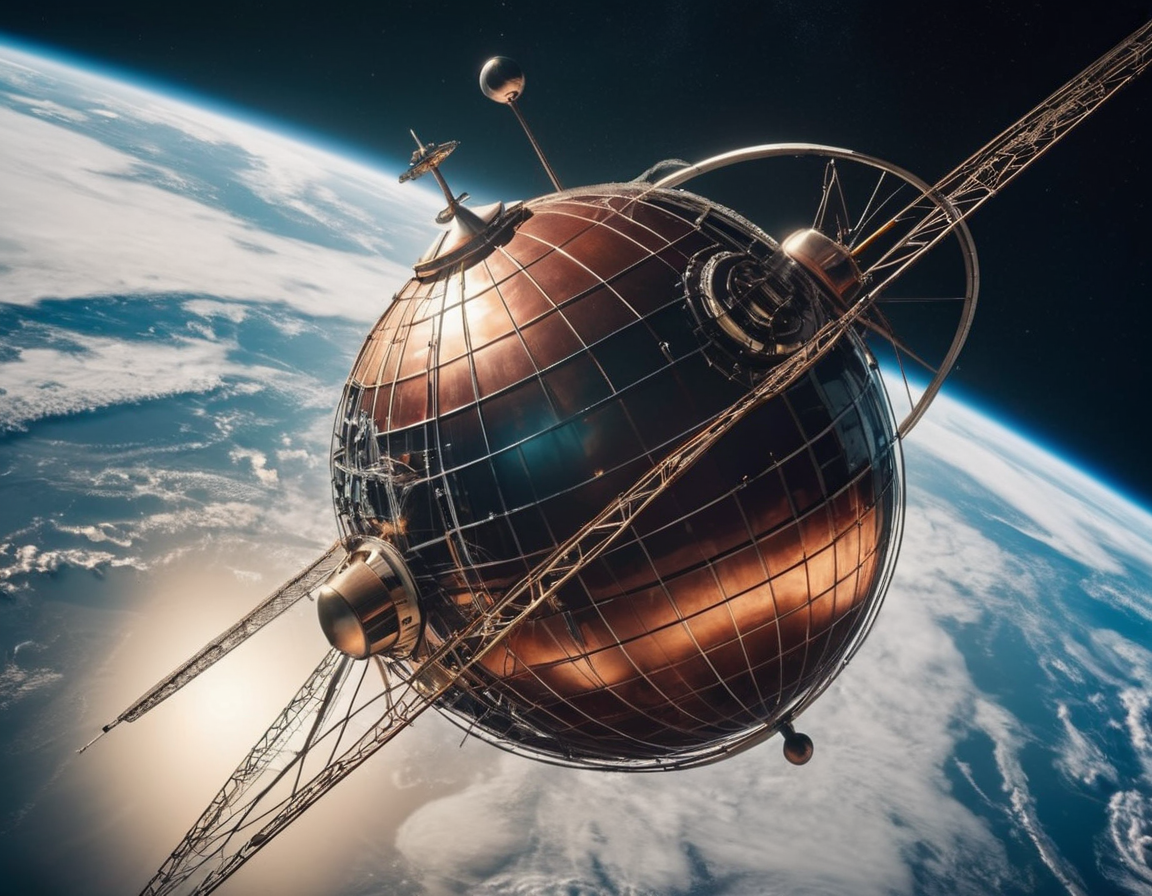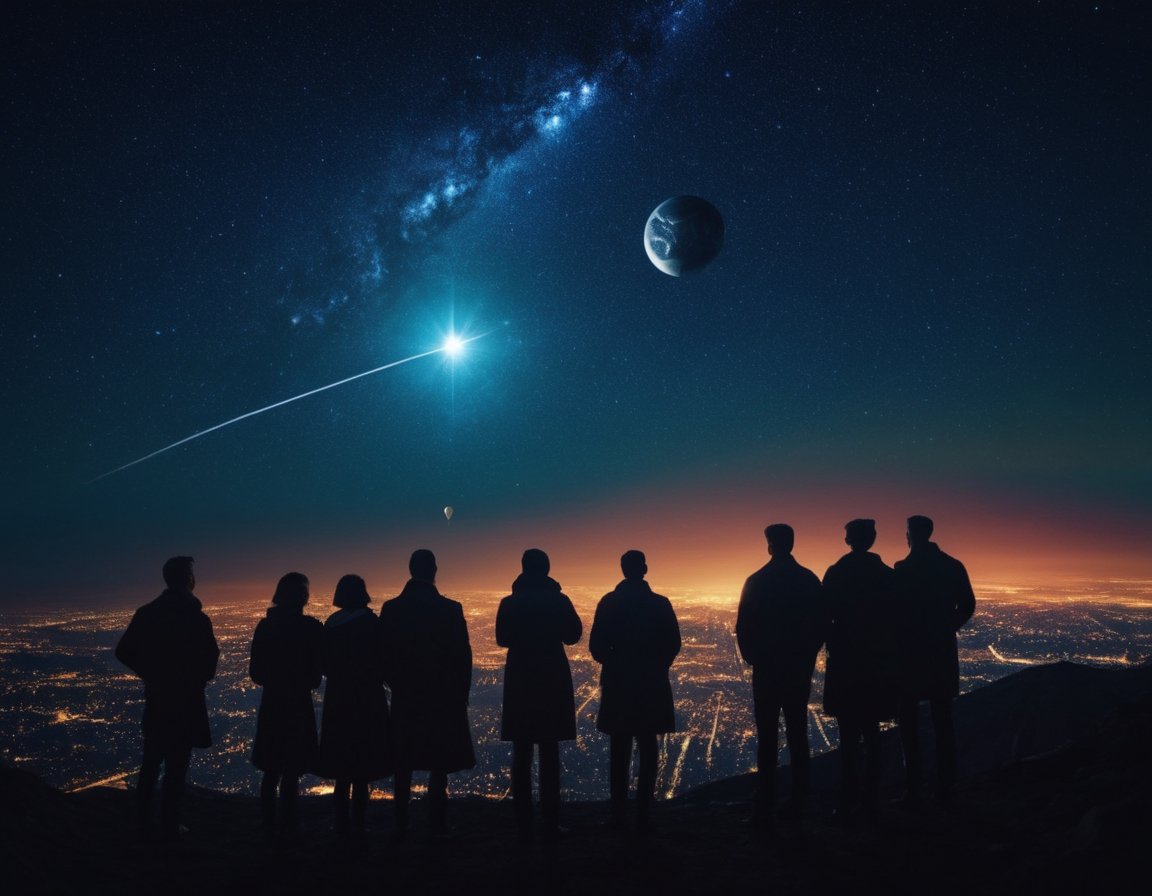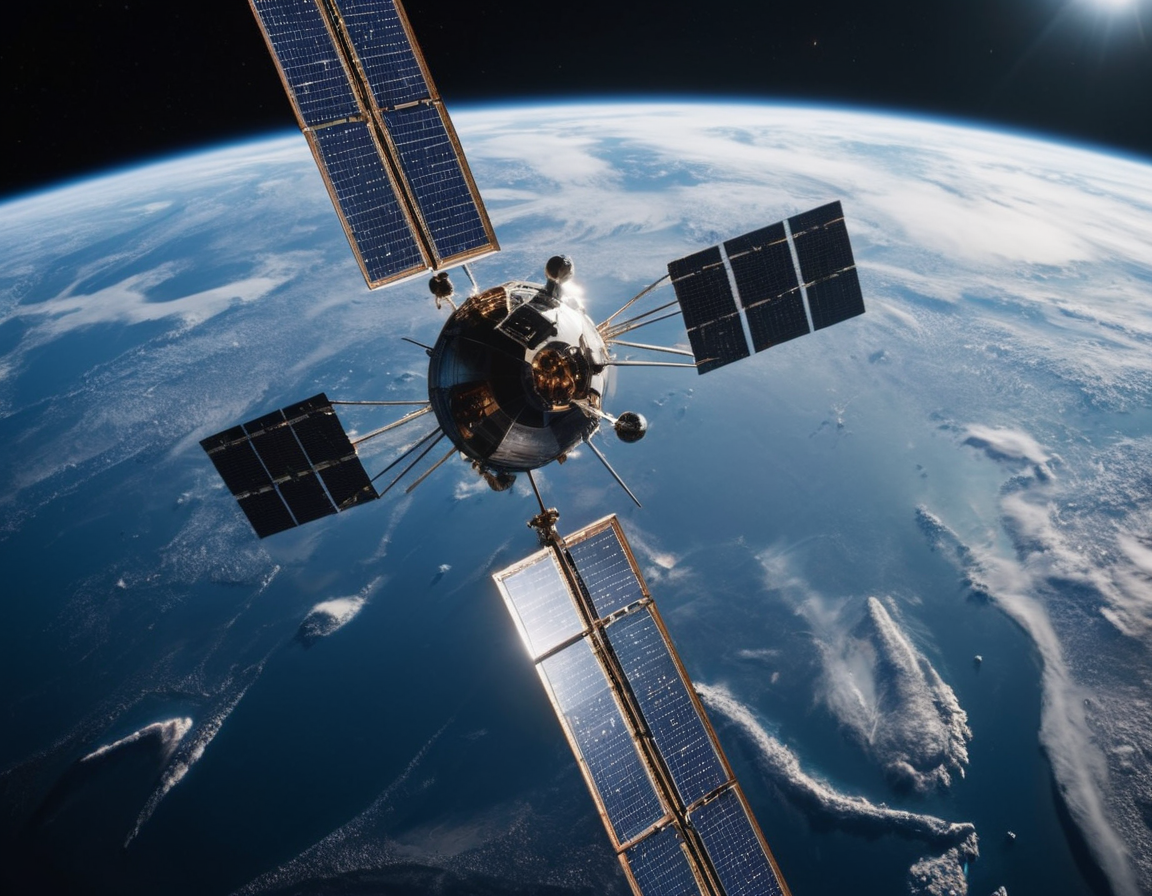The Intriguing World of Artificial Satellites: An Exploration of The First Satellite, Sputnik 1
Discovering Earth’s Artificial Companions: The Legacy of Sputnik 1
On October 4, 1957, humanity embarked on a journey that would forever change our relationship with the cosmos. The launch of Sputnik 1, the world’s first artificial satellite, marked the beginning of the space age and ignited the competitive spirit of the Cold War’s Space Race. This seminal event not only showcased the might of science and technology but also deeply influenced culture, politics, and the imagination of generations to come. 
The Dawn of Space Exploration
Sputnik 1 was a metal sphere with a diameter of just 58 centimeters, equipped with four external radio antennas to broadcast radio pulses. Designed and built by the Soviet Union, it took about 98 minutes to orbit the Earth on its elliptical path. Its launch was not merely a triumph of engineering but a clear signal of the technological prowess of the USSR during a time of intense geopolitical tensions.
The Shockwave Felt Around the World
The American public and government were caught off-guard by the Soviet achievement, which led to a period of American introspection and the subsequent bolstering of science and mathematics education initiatives in the United States. The USSR’s success significantly contributed to the launch of NASA and America’s commitment to winning the moon-landing milestone.

Cultural and Scientific Impact
Sputnik’s launch had profound implications that went beyond technology and politics. It inspired a generation of scientists and engineers, led to the creation of inspirational science fiction, and fostered a global interest in science education. Scientifically, it provided valuable data on the upper atmosphere and marked humanity’s first step towards exploring other planets and galaxies.
Legacy of Sputnik 1
Although Sputnik itself was a simple device, the path it blazed has led to thousands of satellites serving various functions from telecommunications to weather forecasting and GPS navigation. Its beep, beep signal, transmitted back to Earth, is a humble reminder of the infinite human potential to reach towards the stars. Today, we stand on the shoulders of that small sphere that ascended to the heavens over half a century ago and invited us to widen our horizons.
Conclusion
Sputnik 1 may have long since fallen silent in its orbit, but its echo continues to resound. It is a testament to humanity’s relentless curiosity and the boundless opportunities that await us in the final frontier. Like tiny luminous dots across the night sky, satellites are a symbol of our quest for knowledge and our enduring spirit of discovery. 






